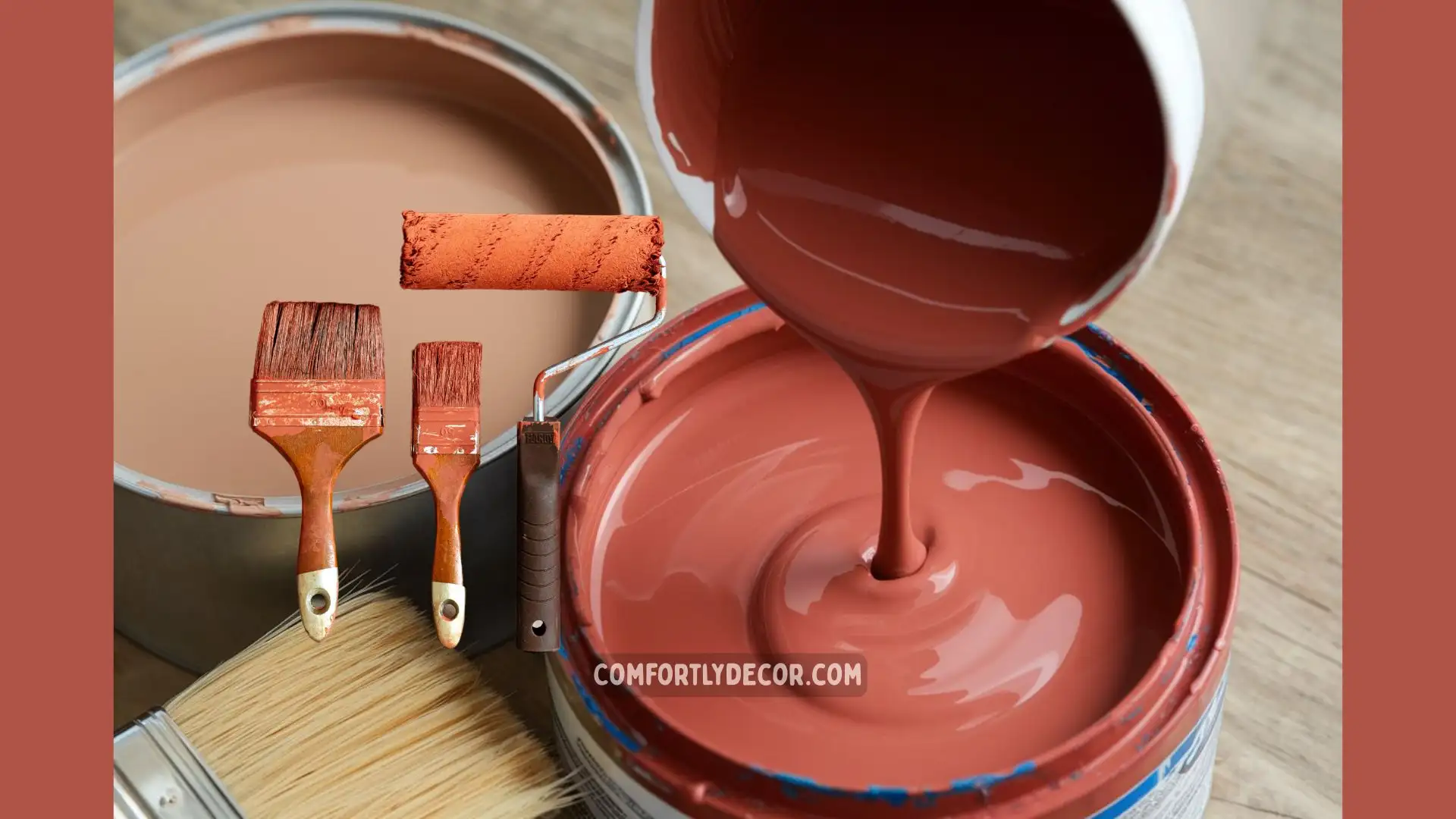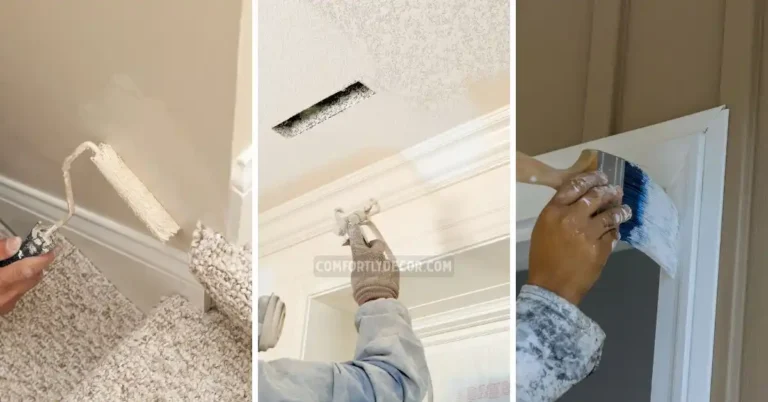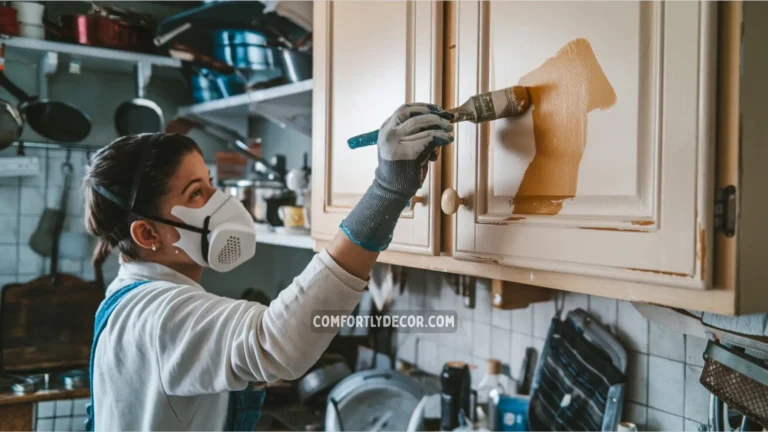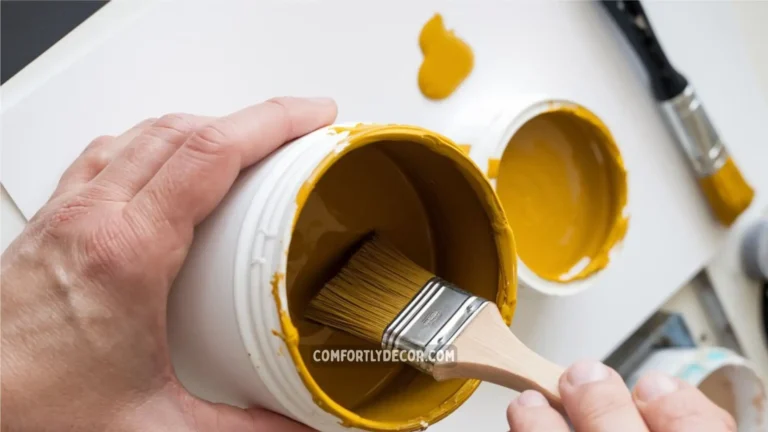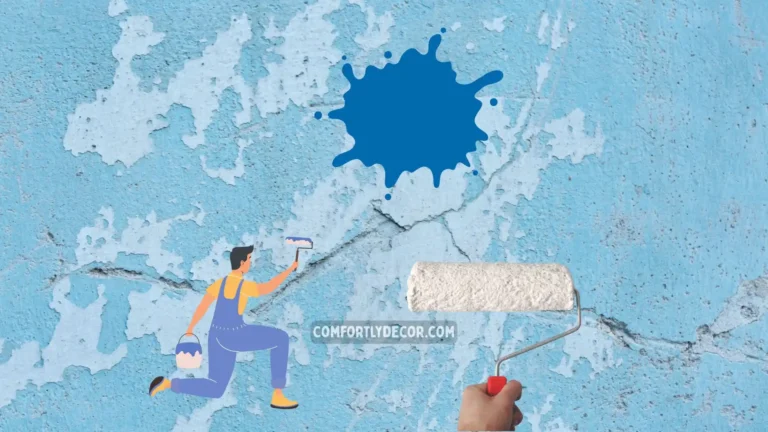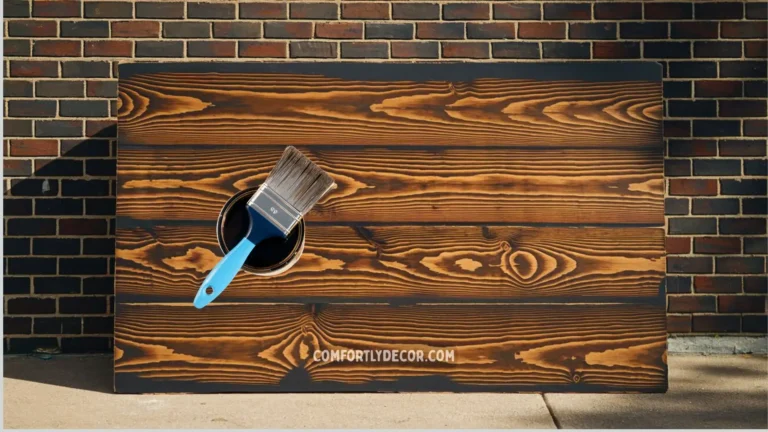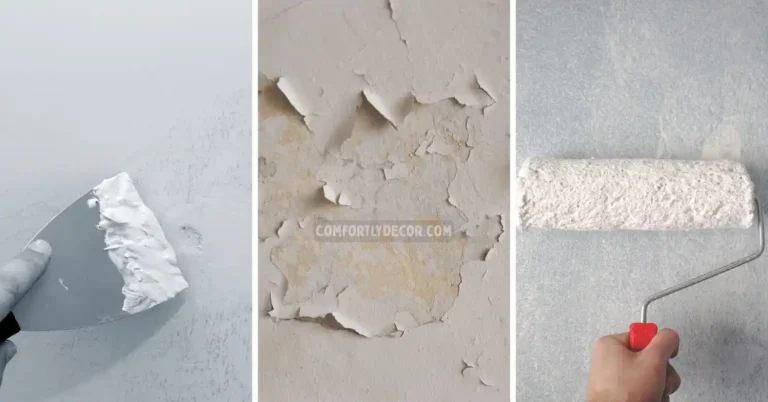How to Make Brick Colored Paint
Brick-colored paint is a versatile and timeless choice, adding warmth and character to any space. Whether you’re a DIY enthusiast sprucing up your home, an artist adding texture to your canvas, or someone looking to achieve a cost-effective brick-like finish, understanding how to mix your own brick-colored paint can unlock endless creative possibilities.
This guide will walk you through the process step-by-step, from understanding the unique components of brick color to mastering application techniques for an authentic finish. By the end, you’ll have the knowledge and confidence to create and apply your own custom shades of brick-colored paint.
Understanding Brick Color
Before jumping straight into mixing paints, it’s important to understand what makes up the timeless aesthetic of brick color. At its core, brick color is built around rich, deep reds. However, the true authenticity comes from its undertones, which can shift toward brown or orange hues, depending on the desired look.
Key Components of Brick Color:
- Base Color: Brick colors start with a saturated red, often maroon, burgundy, or Venetian red.
- Undertones: Warmth and depth are achieved by layering brown, orange, or even earthier tones like burnt sienna or raw umber.
- Texture and Depth: Realistic brick aesthetics often rely on subtle variations in tone and shading, reflecting the imperfect surfaces of actual bricks.
By understanding these elements, you can begin to experiment and customize your paint to suit specific styles or design needs.
Choosing the Right Pigments
To achieve that authentic brick hue, the pigments you choose are critical. Pigments are responsible for imparting rich and vibrant colors to your paint, and there are a few star players when it comes to creating brick tones:
- Reddish Tones:
- Venetian Red
- Indian Red
- Iron oxide pigments
- Warmth and Depth:
- Burnt Sienna
- Raw Umber
- Variation and Highlights:
- Yellow Ochre (for a sunlit effect)
- Black or Gray (to add shadow or weathered effects)
Using high-quality pigments ensures your colors are vibrant and long-lasting. Additionally, starting with small amounts and building up the intensity allows for greater control during mixing.
Selecting the Right Paint Type
The type of paint you select will depend on your project requirements. Here are some excellent options:
- Acrylic Paints: Ideal for DIY enthusiasts and beginners. Acrylics are fast-drying, versatile, and easy to work with, making them perfect for most projects.
- Latex Paints: Durable and great for large-scale applications like walls or furniture.
- Oil-Based Paints: These offer smooth applications and excellent adhesion but require longer drying times and more intricate cleanup.
Pro Tip: Acrylic paints are an excellent choice for experimenting with color mixing for brick paint due to their ease of use and compatibility with a wide variety of surfaces.
How to Mix Brick Colored Paint
Now comes the exciting part! Follow these steps to create your very own brick-colored paint:
Materials You’ll Need:
- Base paint (in a deep red tone, such as Venetian red)
- Pigments for undertones (e.g., brown or burnt sienna)
- Palette knife or stir stick
- Mixing container
- Sample board for testing
Step-by-Step Instructions:
- Prepare Your Base Color: Start with red paint as your foundation. A rich and deep red like maroon or burgundy works best.
- Add Undertones Gradually: Add small amounts of brown or orange pigments to the base, mixing thoroughly with a palette knife or stir stick.
- Test the Hue: Apply a small amount to a sample board and allow it to dry completely. The paint will often appear darker when wet, so testing is crucial.
- Adjust as Needed: If the color feels too bold, balance it with hints of gray or black to tone it down. For a vibrant, sunny feel, introduce small dabs of yellow ochre.
- Mix Well: Once you’re satisfied with the shade, mix thoroughly to achieve consistency in color and texture.
Pro Tip: Keep track of your pigment ratios to replicate your custom shade for future projects.
Application Techniques for Realistic Finishes
To truly replicate the look and feel of bricks, proper application techniques are essential. Here are some popular methods:
1. Brushstrokes: Use a paintbrush to mimic subtle mortar lines and surface variations found in real brick textures.
2. Stippling: Employ a stippling brush or sponge to dab paint onto your surface, creating irregular textures.
3. Sponging: For a porous, rustic look, use a sponge to layer colors, blending undertones for added depth and character.
4. Layering and Shading: Apply multiple thin coats, gradually building intensity and using darker shades for natural shadows around edges or crevices.
5. Imitate Weathering: Use dry brushing or wiping techniques to replicate aged or chipped brick surfaces.
Experimenting with these techniques can help you achieve finishes that range from fresh, clean bricks to weathered and vintage textures.
Sealing and Finishing the Paint
To protect your work and enhance its appearance, sealing the painted surface is a must. Here’s how to preserve the beauty and durability of your brick-colored creation:
- Choose a finish that suits your design goals:
- Matte: For a natural, understated look.
- Satin: Adds a subtle sheen.
- Glossy: Creates a polished, eye-catching effect.
- Apply thin, even coats of your chosen sealer, allowing each layer to dry fully for long-lasting protection.
For outdoor or high-traffic areas, opt for sealants that provide weather and UV resistance.
Why Experimenting with Brick Colored Paint is Worth It
Brick-colored paint isn’t just a way to replicate bricks on surfaces; it’s a creative tool to elevate your design vision:
- For DIY Enthusiasts: Transform bland walls, planters, or décor with a warm, rustic touch.
- For Artists: Add authentic textures and earthy tones to your artwork.
- For Home Improvers: Achieve the aesthetic appeal of brick without the cost or hassle of real bricklaying.
Mixing your own paint offers cost savings, customization, and the opportunity to explore your creativity. Whether you’re going for a modern industrial look or a vintage farmhouse feel, brick-colored paint can adapt beautifully to a variety of styles.
FAQs
Start Your Brick Color Project Today
Creating your own brick-colored paint is a rewarding experience that allows you to craft something unique for your projects. Whether you’re working on a small craft or an expansive wall, following these steps will equip you with the knowledge and confidence to achieve striking results.
Got your paintbrush ready? It’s time to bring the timeless charm of brick to life in your space!

Vibe Up Your Space With Comfort & Color — your go-to destination for stylish home decor that blends comfort with color. Create cozy corners and vibrant vibes in every room and space at your home!
